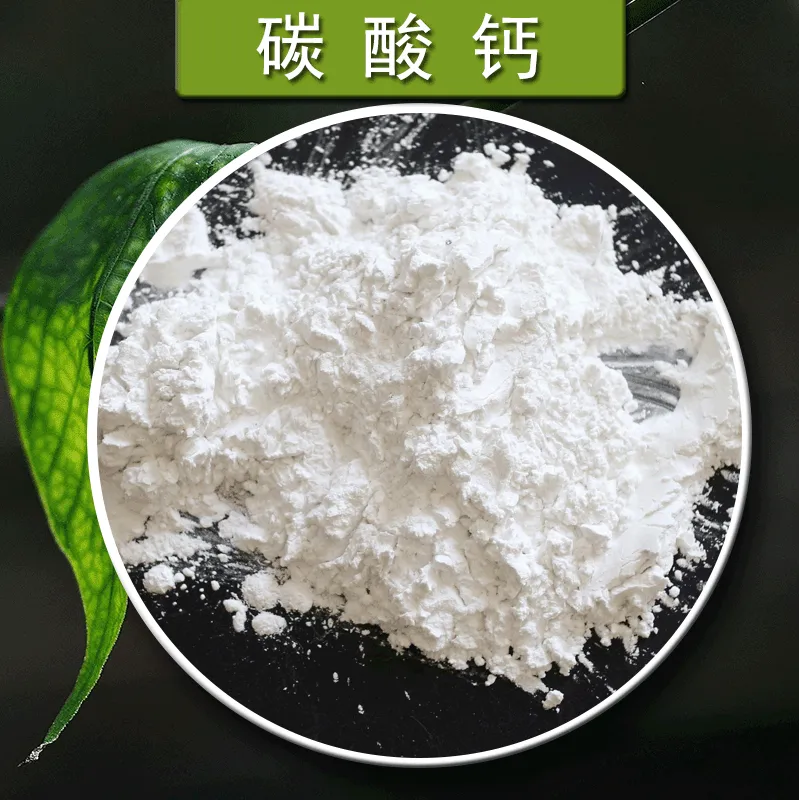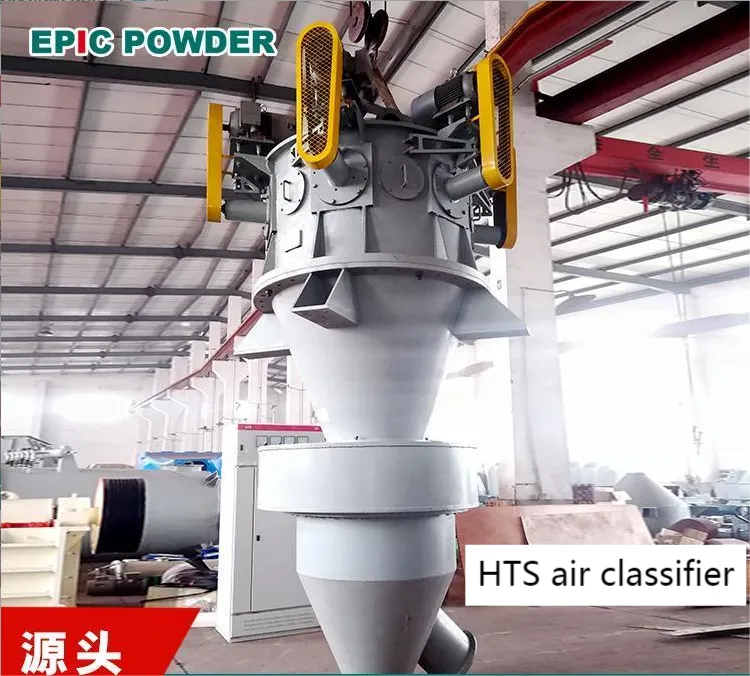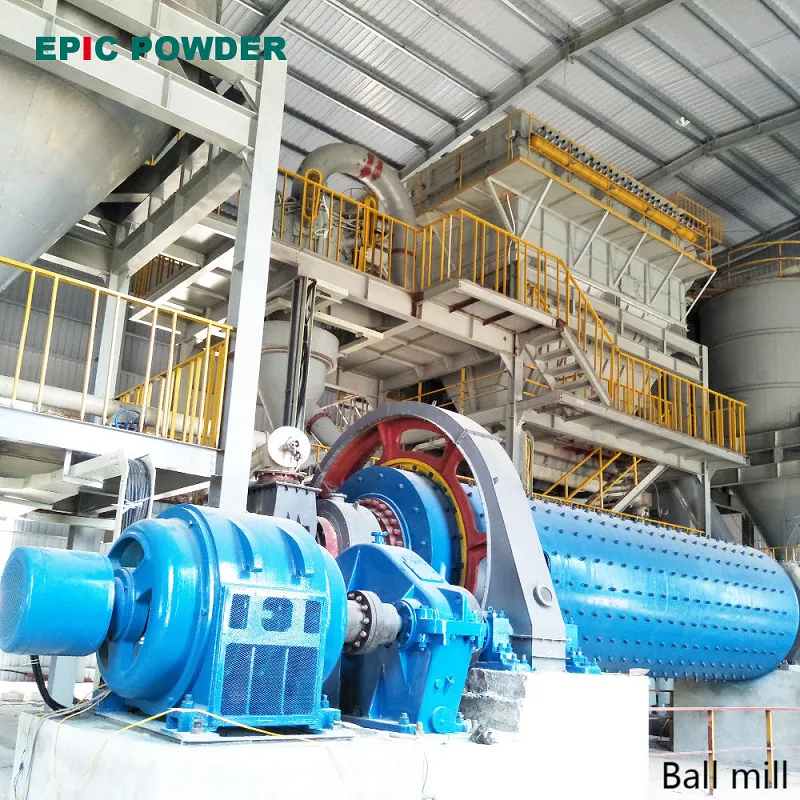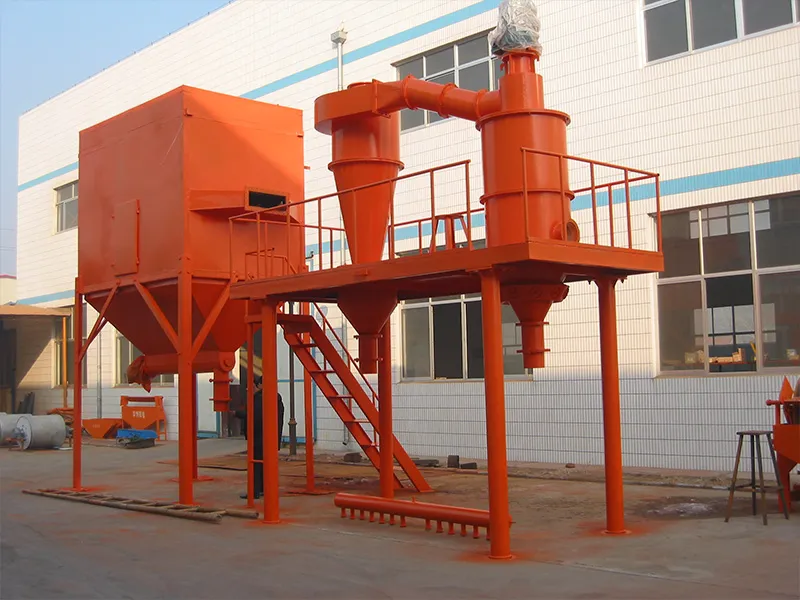Calcium carbonate is a common inorganic compound. It can be classified in different ways according to different classification criteria. The commonly used classification criteria includes classification by particle size, purity and crystal morphology.

Classification criteria
1. According to particle size
This is the most commonly used classification standard, and it is mainly based on the diameter of the particles (micrometer or nanometer):
– Coarse-powder calcium carbonate
Particle size: >10 μm
Application: Building materials (such as putty powder), rubber fillers, soil conditioners, etc.
– Fine-powder calcium carbonate
Particle size: 1–10 μm
Applications: Plastics, coatings, paper (filler), etc.
– Ultra-fine calcium carbonate (light calcium carbonate)
Particle size: 0.1–1 μm
Features: Produced by chemical precipitation method, large specific surface area and high activity.
Uses: High-end coatings, sealants, pharmaceutical excipients, etc.
– Nano calcium carbonate
Particle size: <100 nm
Features: It requires special process (such as carbonization), with characteristics of strengthening and toughening.
Uses: High-end rubber, plastic, ink, cosmetics (such as sunscreen), etc.
When it comes to the classification method of calcium carbonate according to particle size, let’s expand on the classification treatment of calcium carbonate powder. In order to meet different particle size requirements, calcium carbonate powder needs to be graded into different particle sizes. Air classifier produced by Qingdao Epic Powder Machinery Co., Ltd. is designed and produced under our German consultant, very suitable for the classification treatment of non-metallic minerals, including calcium carbonate, featuring high efficiency and high classification precision. Our air classifer includes 5 types: HTS, ITC, CTC, MBS, TDC. If you have inquiry for air classifier, contact Epic Powder for more details.

2. According to production process
Ground Calcium Carbonate
Production process: It is made from mechanically crushed and groud natural ores (such as calcite, marble, etc).
Features: Large particle size, irregular shape, low cost.
Applications: Building materials, feed additives, etc.
Ball mill is a key equipment for grinding of raw materials of ground calcium carbonate. As a powder machinery supplier, Qingdao Epic Powder Machinery Co., Ltd. has always adhered to the principle of providing customers with products of guaranteed quality and reliability. Ball mills from Epic Powder perform excellently in the grinding of calcium carbonate and have achieved considerable sales. If you are interested in our ball mill, just contact Epic Powder freely.

Light calcium carbonate (PCC)
Production process: Chemical synthesis (limestone calcination → digestion → carbonization).
Characteristics: The particle size is controllable, the purity is high (≥98%), and there are various crystal forms (such as cubic, spindle-shaped, etc.).
Applications: Food, medicine, high-end paper-making, etc.
3. According to crystal morphology
Cubic shape: Commonly found in Precipitated Calcium Carbonate (PCC), and used for plastic reinforcement.
Spindle shape: It can improve the mechanical properties of rubber products.
Needle-shaped/Chain-shaped: Used in special coatings (such as anti-sedimentation coatings).
Spherical shape: Applied as carriers in high-end cosmetics or pharmaceuticals.
4. According to purity and purpose
Industrial Grade
Purity: ≥95%, contain a small amount of impurities, such as MgO, SiO₂.
Application: Building materials, ceramics.
Food/Pharmaceutical Grade
Purity: ≥99%, extremely low heavy metal content (compliant with FDA or pharmacopoeia standards).
Uses: Calcium tablets, toothpaste, food additives (E170).
Reagent grade
Purity: ≥99.9%, used in laboratories or electronics industry.
5. According to surface modification
Ordinary calcium carbonate (unmodified): Highly hydrophilic and poorly compatible with organic matter.
Activated calcium carbonate: Coated with stearic acid, titanate, etc., which enhances its hydrophobicity, and it is used in polymer materials, such as rubber and plastics.
Conclusion
The classification of calcium carbonate is a multi-dimensional system, and each classification method reflects its unique physical, chemical, and functional characteristics. These characteristics enable it to be widely applied in various industries, ranging from basic construction materials to high-tech pharmaceutical and cosmetic fields, playing an important role in modern industry and daily life.

